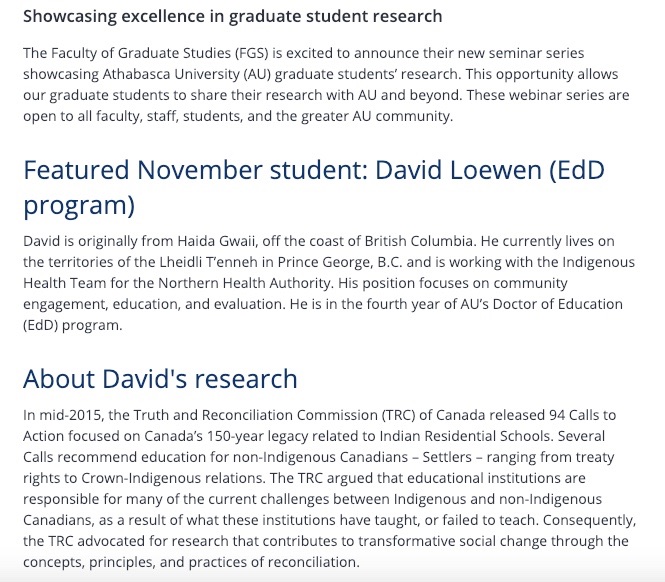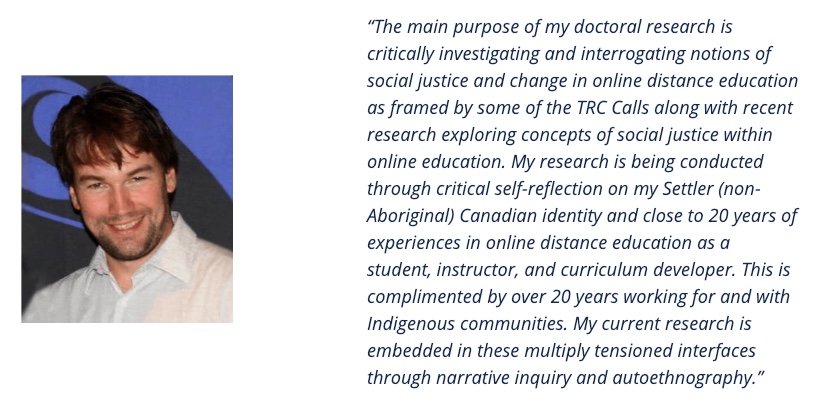Much of the concepts that impact my thoughts on student engagements and retention, come more from my decades of experience in online education as a student, facilitator/instructor and curriculum development. My first online/distance course, I completed in 2004/05. My Bachelor degree was completed largely at TRU-OL. My Masters degree was completed entirely online at Athabasca U. I’m now currently completing a doctorate degree in Education, specializing in online education and educational technology.
Through these many courses I’ve seen good strategies, and many not so good strategies. Effective engagement becomes a combination of instructor strategies and student learning styles. There is no one blanket policy that will work for every situation. Considering this in light of the rapid expansion of international student programs also has an impact on this.
I still have quite a few questions regarding what the role of a faculty member is in student retention. I understand the important role of an instructor in engagement with students; however, the role of faculty in retention seems to raise a few ethical questions – e.g. marking and evaluation of students.


